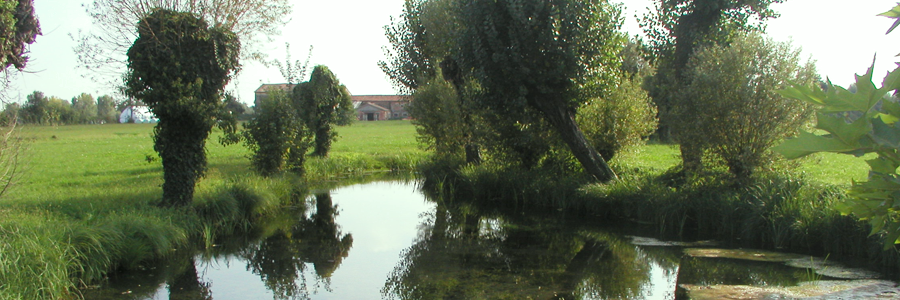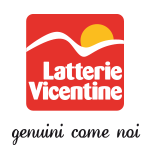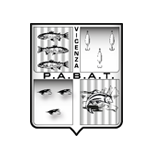
Resurgences and spring wells (fontanili)
The formation of a resurgence is a fairly rare natural phenomenon, as its formation relies on a series of fairly unique events. On the Apennines side of the Po Plain resurgences are, in fact, somewhat rare and of moderate flow, due to the scarcity of larger gravel deposits (the glaciers were comparatively small) which greatly limits the recharge of the aquifer. On the Alpine side, however, the resurgence belt can have a breadth up to 50 kilometres; it extends almost continuously from Piedmont to Friuli remaining parallel to the foothills and it is interrupted only by the Berici and Euganean Hills.
From the end of the Würmiana up to the beginning of Roman colonisation, the spontaneous surfacing of the phreatic aquifer was a major contributing factor in the morphology of the middle valley, which was dotted with marshes and wetlands and covered by lowland forest.
Human intervention has transformed the resurgences into spring wells, oncentrating their points of emergence, in order to reclaim and, subsequently, cultivate the surrounding areas. The spring wells are obtained by enlarging the natural valleys in the land, encouraging the water to surface, forming a more or less rounded “head”, that can collect more springs (“eyes”). The water collected in this manner is channelled into a canal or “central axis” of the watercourse.
The central axes of the watercourses join together to form irrigation ditches or actual resurgence rivers.
The points of water resurgence are often aligned, as the waters of the aquifer tend to flow along the lines of ancient riverbeds now underground. The main feature of the resurgence spring water is its constant temperature (11°-12°C) ; seasonal variations affect the water with a delay of 2-4 months, making the coldest period in April and the warmest in October, which creates particular micro-climates. The presence of gas bubbles may be due to putrefaction of vegetation buried under sediments, especially as oxygen dissolved in the water of an aquifer is scarce.











